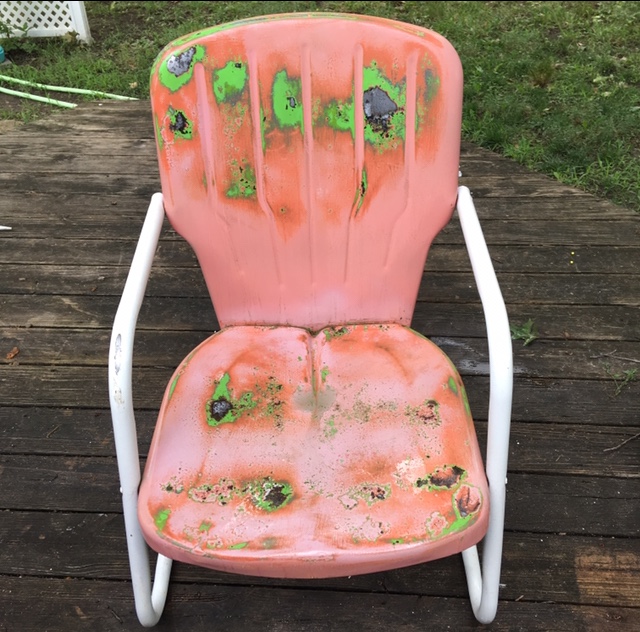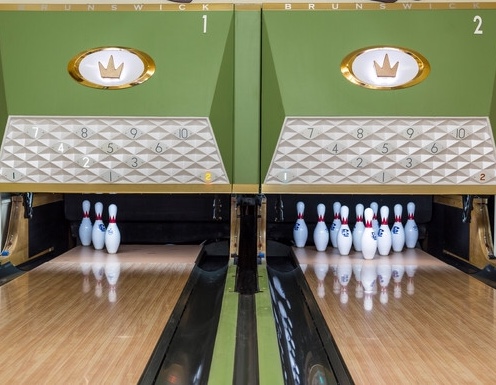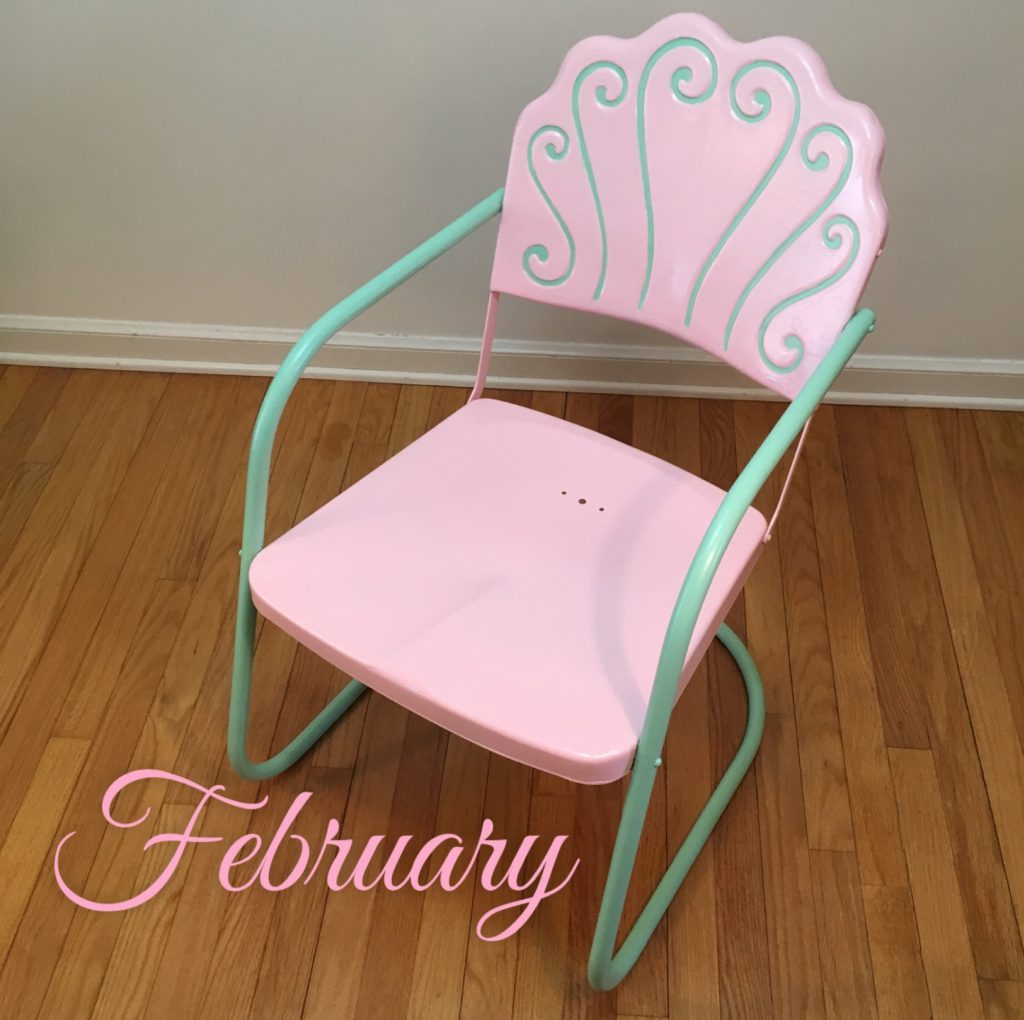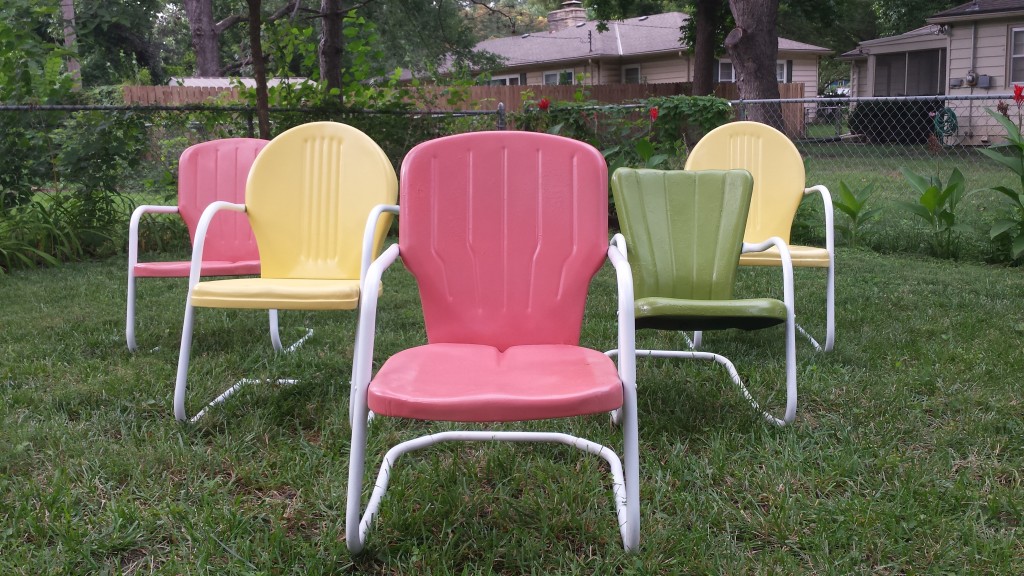
Smoke ’em if you got ’em. In my case, all I have is pie and hot Pyrex.
We’ve come a long way, baby. Or have we?
When Philip Morris hired the award-winning Leo Burnett Agency in the late 1960s to market their new line of cigarettes, Virginia Slims, the apparent intention was to piggyback off the exploding women’s liberation movement. Instead of boring you with statistical data, you’ll have to trust me—Burnett nailed it. “You’ve come a long way, baby,” became the rallying cry of the modern woman. Ads showing mostly humorous depictions of women attempting (and failing because of a male authoritarian society) to smoke in the early 1900s contrasted brilliantly with highly fashioned, 1960s-1990s models. Of course, the models gave the appearance of strong independence, often coupled with a long, slim, elegant cigarette. Obviously, the ads were designed to sell cigarettes; if they gave women a sense of empowerment, that was purely a feel-good, induced byproduct.

1968 Virginia Slims Ads
These ads are tightly woven into the fabric of my childhood memory. My grandmother operated a beauty shop, and in those days women flipped through magazines while sitting under the hairdryer. As the new, monthly periodicals hit her salon, the old issues ended up at my parent’s house. I spent a significant amount of my childhood reading women’s magazines—mostly of the domestic goddess flavor. I’m sure the advertisement on the page facing the radical Virginia Slims ad was more often than not a happy housewife, possibly showing off her new Pyrex casserole dish. You can call it a mixed message for a young, developing, female mind, but honestly, I see it as a dose of reality in the 1970s, and still today.
This duality of womanhood, planted long ago in my adolescent, girly brain, once again rears its not-so-pretty head. As I finally chose to ease out into the world of dating as a seasoned woman, I found the sexy, lean, independent, smokin’ cigarette dueling it out with the traditional, breakable, over-patterned Pyrex dish. My first steps onto the dating scene were a slap in the face—a rude awakening. See, I was buying the B.S.—“we’ve come a long way, baby.”
After dusting myself off from a few missteps, I indulged a bit in an exploding market that may be filling a tiny portion of the giant, advertising hole left by the tobacco industry—online dating coaches and advice. This industry’s general campaign is dirt in the face of the glamourous “You’ve come a long way . . . ” Here’s what the dating coaches say: “you have to attract the man,” “never chase a man, let him chase you,” “your masculine energy is great at work, but not attractive to men,” and the tidbit that pisses me off the most . . . “he’ll tell you things on a date that he doesn’t really mean. Accept it. It’s okay because men live in the moment—that’s just who they are.”

1972 Virginia Slims Ads
So what’s a strong, independent, modern woman to do? Unlike our mothers and grandmothers, we can’t even take out our frustrations by lighting up a long, slim cigarette in public—it’s unhealthy, unpopular, and unfashionable. In many cases illegal. We’re back to spending quality time with our Pyrex. I think my current dating strategy is to bake pies and set them in the window sill to cool. Hopefully, a whiff of the scent will float about the neighborhood and find its way through a cracked window and into the living room of a hungry bachelor. Will this strategy work regarding me getting a date? There’s a very slim chance. Did my grandmother try this? Probably. Have we come a long way, baby? When it comes to dating, not a chance.
Lowbrow, Yeoman. “You’ve Come A Long Way, Baby: Virginia Slims Advertising Year By Year”. Flashbak. 2016




















 Yeah. A 1940s/50s pink and “Ming Green” bathroom.
Yeah. A 1940s/50s pink and “Ming Green” bathroom.








